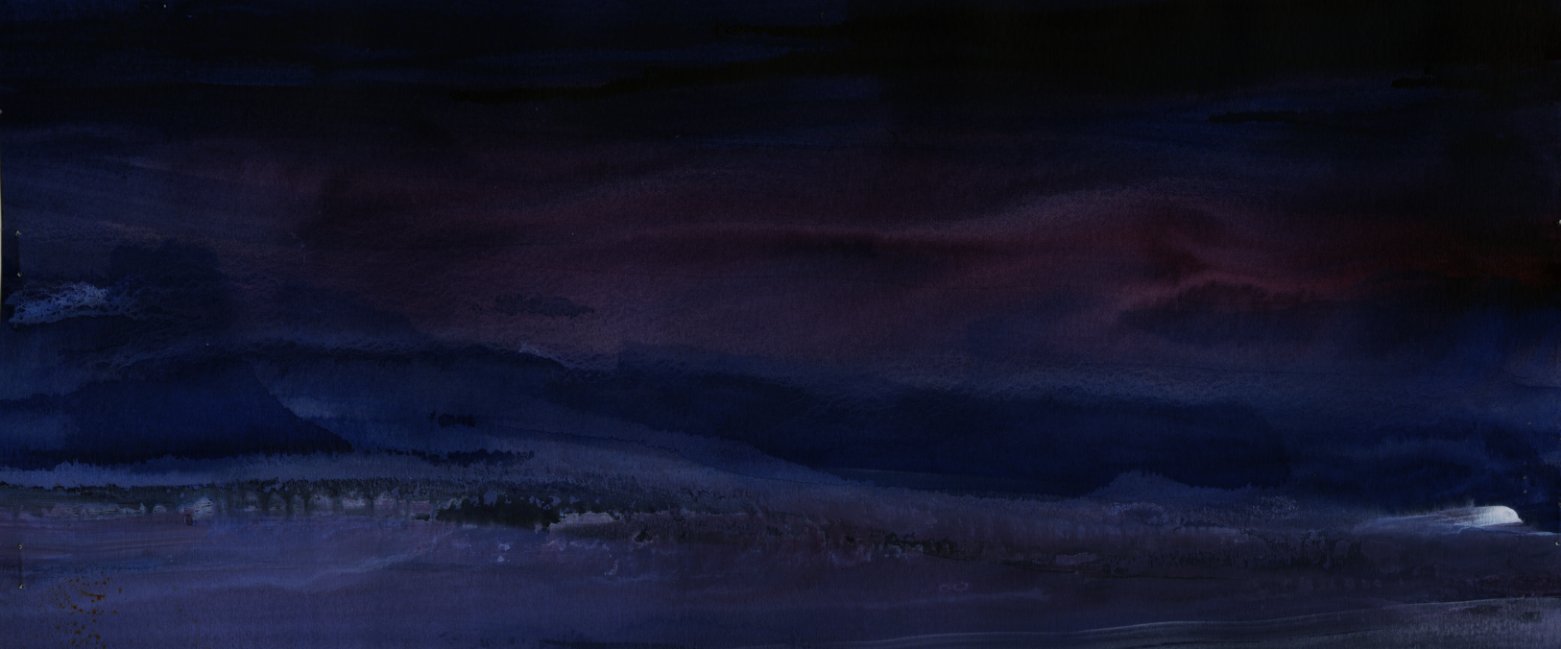

A Pause For Beauty
One ought every day at least to hear a little song, read a good poem, see a fine picture,
and if it were possible, to speak a few reasonable words.
- Goethe
. . .
There is the dream journey and the actual life
The imagination of man brings him close to the doorway of the infinite, which encompasses all.
- Sigurd F. Olson, Reflections From The North Country

There is the dream journey and the actual life. The two seem to touch now and then, and perhaps when men lived less complicated and distracted lives the two were not separate at all, but continually one thing. I have read somewhere that this was once true for Yuma Indians who lived along the Colorado River. They dreamed at will, and moved without effort from waking into dreaming life; life and dream were bound together. And in this must be a kind of radiance, a very old and deep assurance that life has continuity and meaning, that things are somehow in place. It is the journey resolved into one endless present.
...One December day a few years ago, while on vacation in California, I went with my daughter and a friend to a place called Pool Rock. We drove for a long time over a mountain road, through meadows touched by the first green of the winter rains, and saw few fences or other signs of people. Leaving our car in a small campground at the end of the road, we hiked four miles up a series of canyons and narrow gorges. We lost our way several times but always found it again. A large covey of quail flew up from the chaparral on a slope above us; the tracks of deer and bobcat showed now and then in the sand under our feet. An extraordinary number of coyote droppings scattered along the trail attracted our attention. I poked one of them with a stick, saw that it contained much rabbit fur and bits of bone. There were patches of ice in the streambed, and a few leaves still yellow on the sycamores.
We came to the rock in mid-afternoon, a great sandstone pile rising out of the foothills like a sanctuary or a shrine to which one comes yearly on a pilgrimage. There are places that take on symbolic value to an individual or a tribe, "soul-resting places," a friend of mine has called them. Pool Rock has become that to me, symbolic of that hidden, original life we have done so much to destroy.
We spent an hour or two exploring the rock, a wind and rain-scoured honeycomb stained yellow and rose by a mineral in the sand. Here groups of the Chumash Indians used to come, in that time of year when water could be found in the canyons. They may have come to gather certain foods in season, or to take part in magic rites whose origin and significance are no longer understood. In a small cave at the base of the rock, the stylized figures of headless reptiles, insects, and strange birdmen are painted on the smoke-blackened walls and ceiling. These and some bear paw impressions gouged in the rock, and a few rock mortars used for grinding seeds, are all that is left of a once-flourishing people.
We climbed to the summit of the rock, using the worn footholds made long ago by the Chumash. We drank water from the pool that gave the rock its name, and ate our lunch, sitting quietly in the cool sunlight. And then the wind came up, whipping our lunch bag over the edge of the rock, a storm was moving in from the coast. We left the rock by the way we had come, and hiked down the gorge in the windy, leaf-blown twilight. In the dark, just before the rain, we came to the campground, laughing, speaking of the things we had seen, and strangely happy.
- John Haines, Moments and Journeys, an essay published in CutBank, a literary magazine. I became aware of this essay through the WW Norton Book of Nature Writing.
. . .
Members-Only Signed, Limited Edition Print Sale - 85% Off
All members, both new and pre-existing, are eligible to participate in the sale.
You can view the selection here. Quantities very limited.



